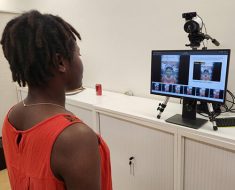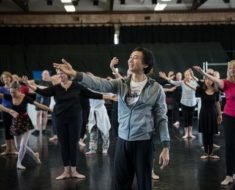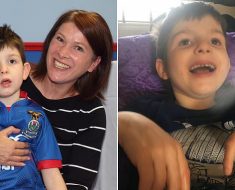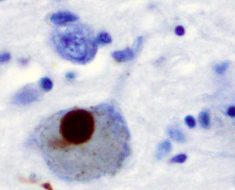(HealthDay)—It may seem counterintuitive, but a robot might help kids with autism interact better with humans.
This two-foot-tall robot goes by the name of Nao, and young kids who had therapy that included Nao made more progress on their social skills than those who didn’t get to work with the robot, researchers report.
“This research using a combination of behavioral therapy plus a robot is promising,” said Alycia Halladay, chief science officer of the Autism Science Foundation.
Children with autism often experience social deficits. They don’t make eye contact, instead gazing elsewhere. They have trouble picking up on social cues like a smile or grimace. They struggle to express themselves.
To help children with autism learn social skills, therapists for decades have used Pivotal Response Treatment (PRT)—a form of behavioral analysis that utilizes play to increase kids’ desire to learn good social behavior.
In this study, Dutch researchers evaluated whether PRT that included the robot would make a more lasting impression on the children.
Nao (pronounced “now”) is manufactured by Aldebaran Robotics, a French company specializing in humanoid robots.
Nao can walk, talk, dance and engage kids in a number of activities meant to improve their ability to read facial expressions and maintain appropriate eye contact. Upon success, Nao can even offer a child a congratulatory high-five.
Kids in general love playing with robots, and prior research has shown that kids with autism, in particular, respond to robots, said lead researcher Iris Smeekens. She is a doctoral candidate with Radboud University Medical Center in Nijmegen, the Netherlands.
Human beings can be overwhelming to a kid with autism, displaying a cascade of movements and behaviors. On the other hand, robots are more reserved and reassuring to these children, Smeekens explained.
“Robots appeal to many children with autism spectrum disorder and show more predictable behavior, compared with humans,” Smeekens said.
In 20 weekly sessions, therapists controlled the robot through nine different game scenarios aimed at improving skills, such as asking for an object or activity, requesting help, or asking questions.
Three months after these sessions concluded, parents judged their kids’ autism symptoms using a questionnaire aimed at social skills.
Kids scored better if they underwent therapy with the robot, compared with either PRT alone or standard treatment, the researchers found.
The next step will be to test robotic therapy at more sites with longer follow-up periods, Smeekens said. In addition, the researchers will tweak the therapy to provide more specific treatment for kids.
“We noticed that nine different game scenarios with seven levels of complexity did not match all target behaviors of each child,” Smeekens said.
“It is important that the game scenarios that provide input for the behavior of the robot are more adjustable in content and level of complexity during the robot-child interaction to match with different target behaviors, skills and interests,” she explained.
Smeekens added that although these results are promising, researchers will need to figure out “which specific components are beneficial for which children with autism spectrum disorder before robots can be implemented into the clinical practice.”
Source: Read Full Article





